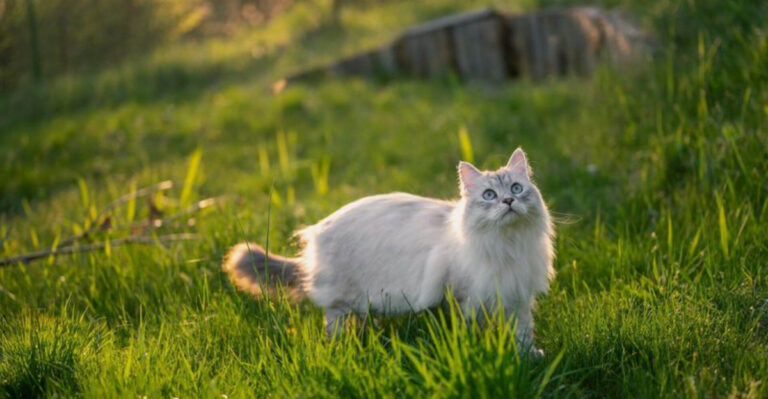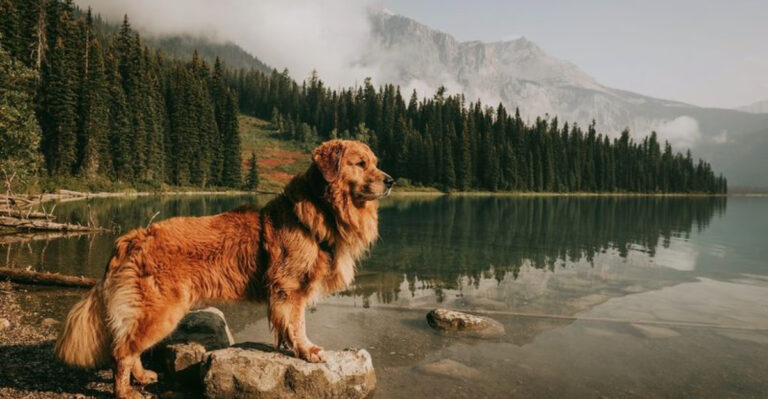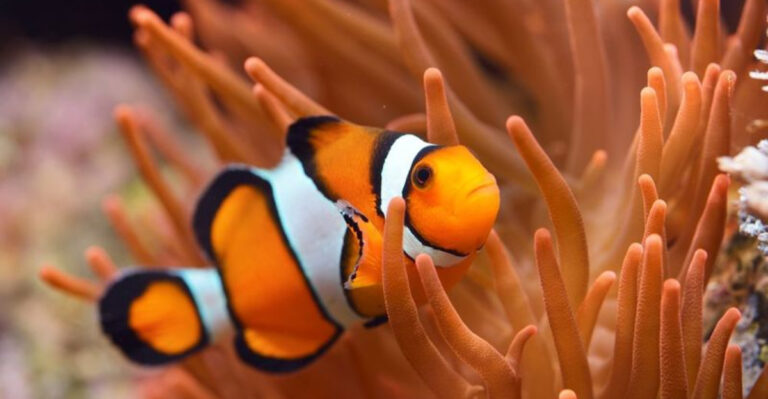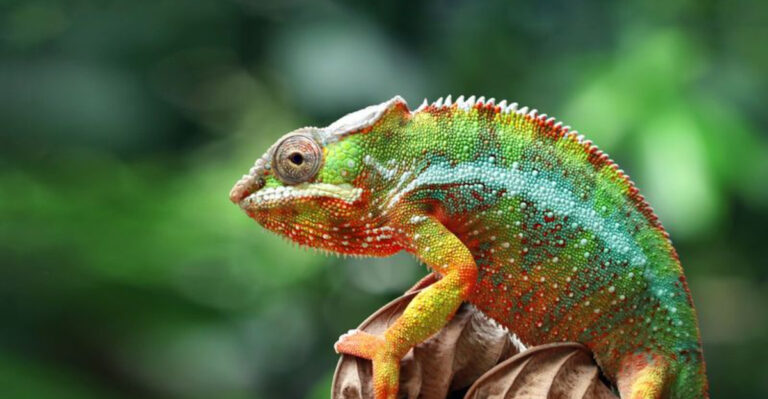21 Rare And Fascinating Mammals You Need To Know About
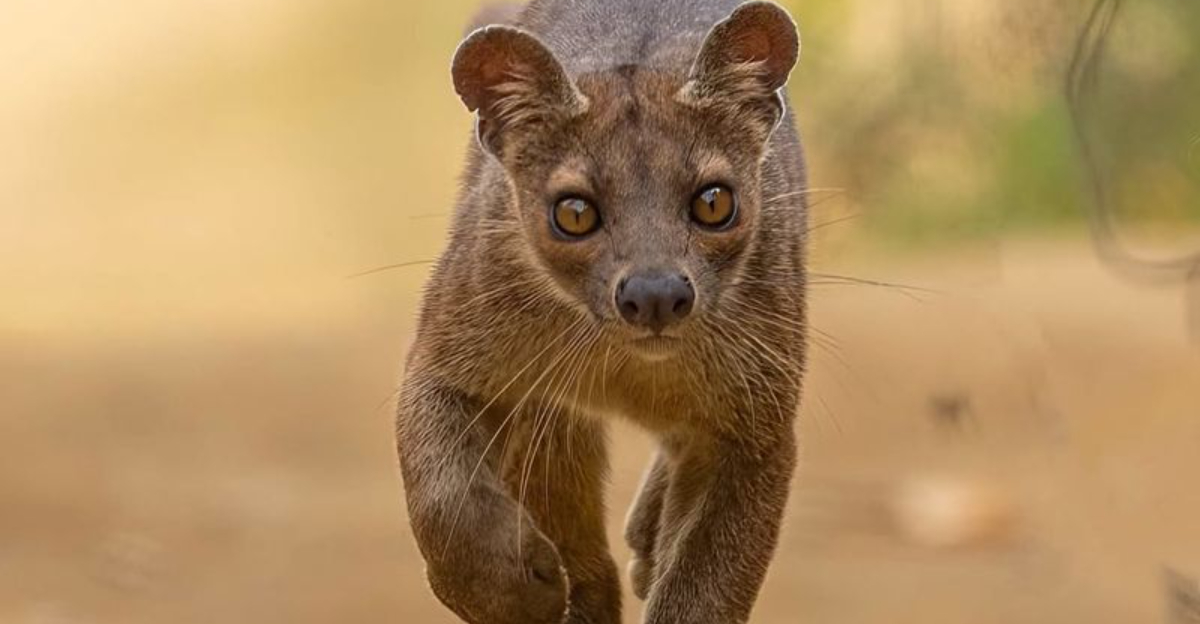
The animal kingdom is full of extraordinary creatures, but some mammals remain hidden in the shadows of discovery.
From the depths of dense jungles to remote islands, these rare mammals capture our curiosity with their unique traits and behaviors. Get to know 21 rare and remarkable mammals that you might not have heard of but definitely should.
1. Aye-Aye
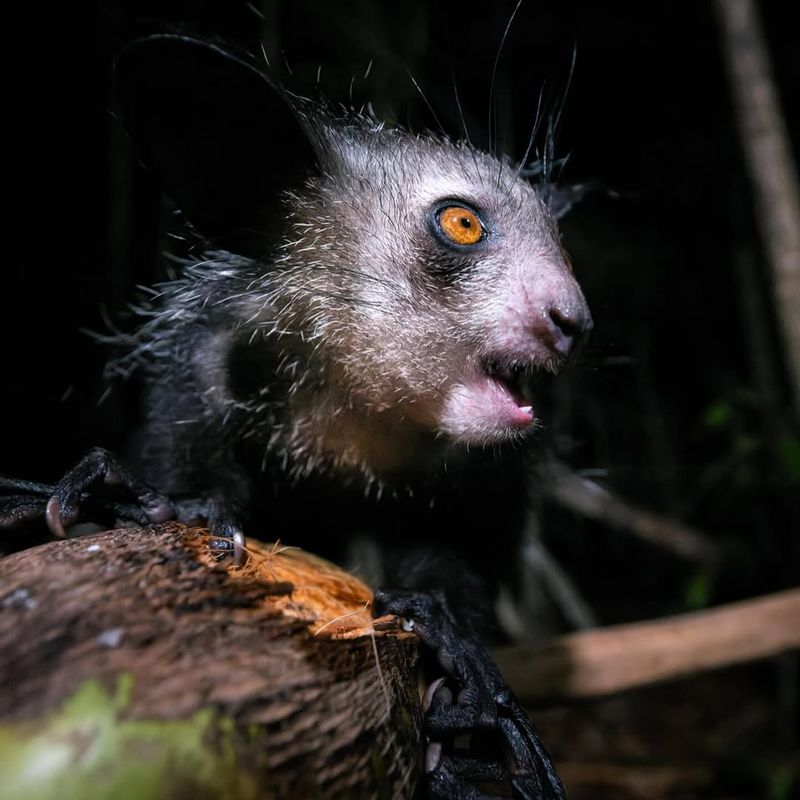
Meet the Aye-Aye, a nocturnal lemur native to Madagascar. With its large eyes and bushy tail, it resembles a gremlin.
Its most peculiar feature is a long, thin middle finger, used to extract insects from trees. Some locals think it’s a bad omen, but it’s just misunderstood!
The Aye-Aye’s intriguing appearance and unique foraging technique make it a remarkable creature and a true testament to nature’s imaginative designs.
2. Numbat
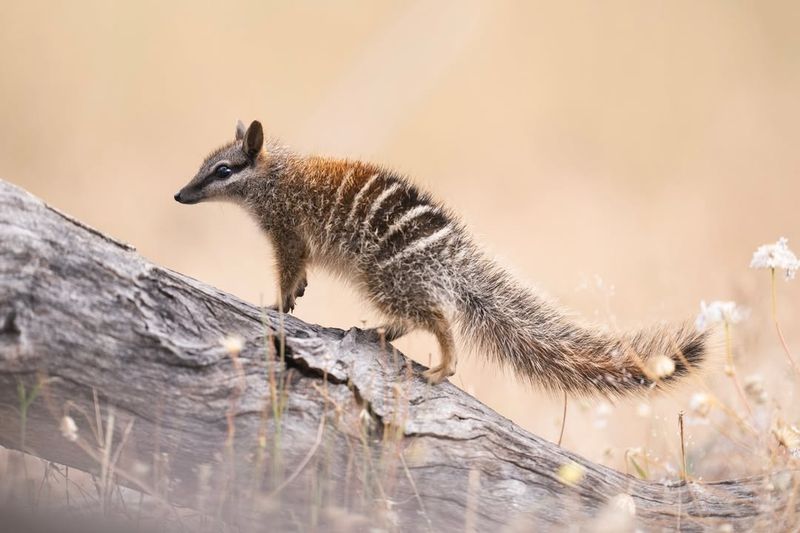
The Numbat, a termite-loving marsupial from Australia, is both adorable and fascinating. Sporting a striped back and a long, sticky tongue, it can consume up to 20,000 termites in a day!
Unlike most marsupials, it doesn’t have a pouch. This ground-dwelling creature is diurnal, active during the day, and is a rare sight due to habitat loss and predation.
3. Saiga Antelope
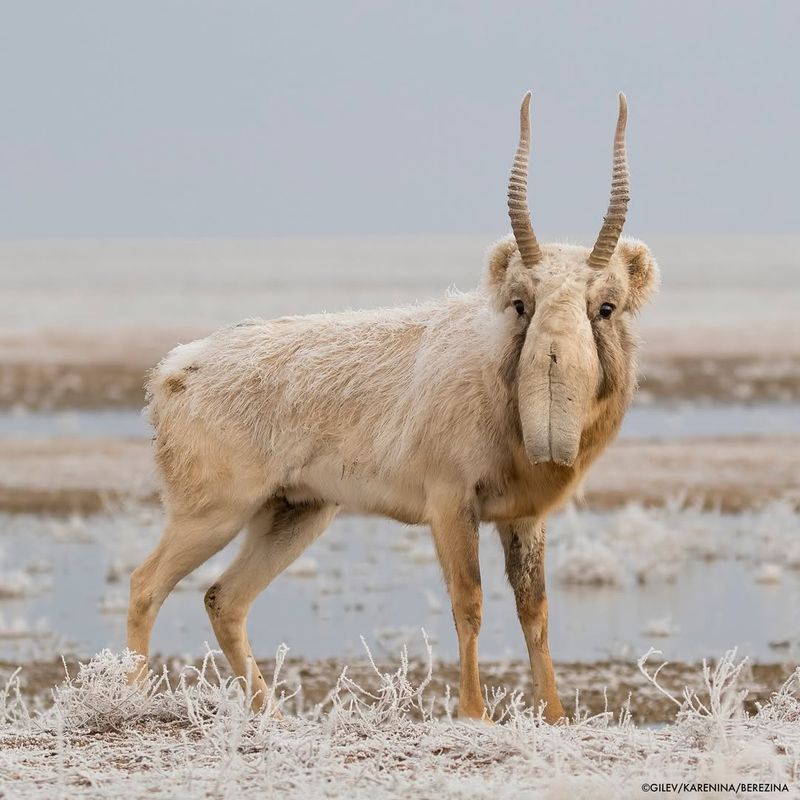
Say hello to the Saiga Antelope, easily recognized by its bulbous nose. This feature filters dust and cools the air during the hot summers of the Eurasian steppe.
With a population once dwindling, conservation efforts are underway to protect this unique species.
Despite its comical appearance, the Saiga is a crucial part of its ecosystem, maintaining grassland health and serving as prey for predators.
4. Okapi
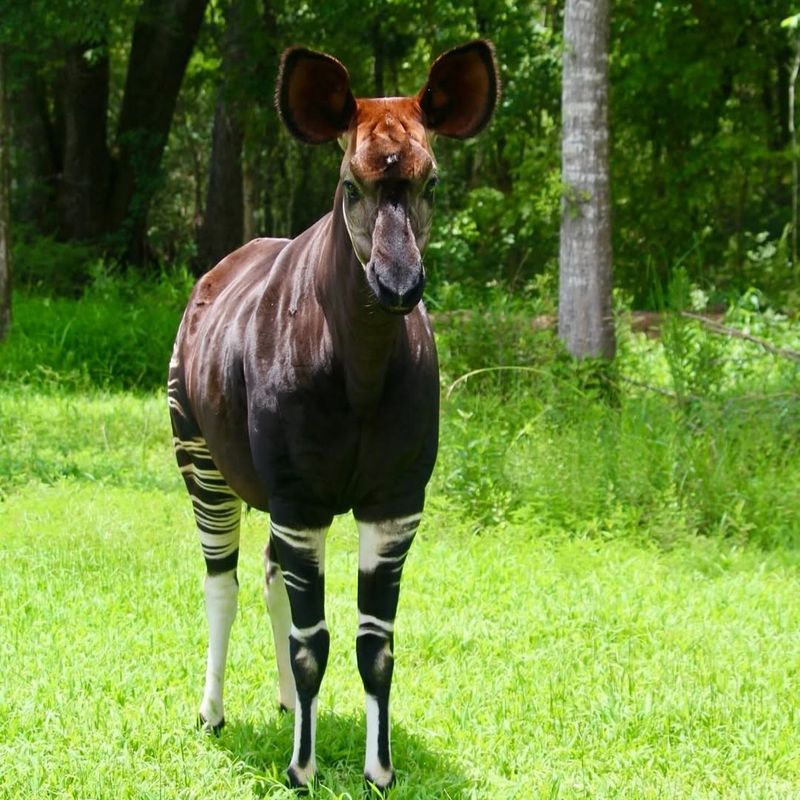
The Okapi, often dubbed the ‘forest giraffe,’ resides in the Congo’s dense Ituri Forest.
Despite zebra-like stripes, its closest relative is the giraffe. With a long neck and radar-like ears, it navigates the underbrush with ease. Solitary by nature, this elusive creature avoids human contact, making encounters rare.
Its unique blend of stripes and grace highlights evolution’s flair for creativity.
5. Bactrian Camel
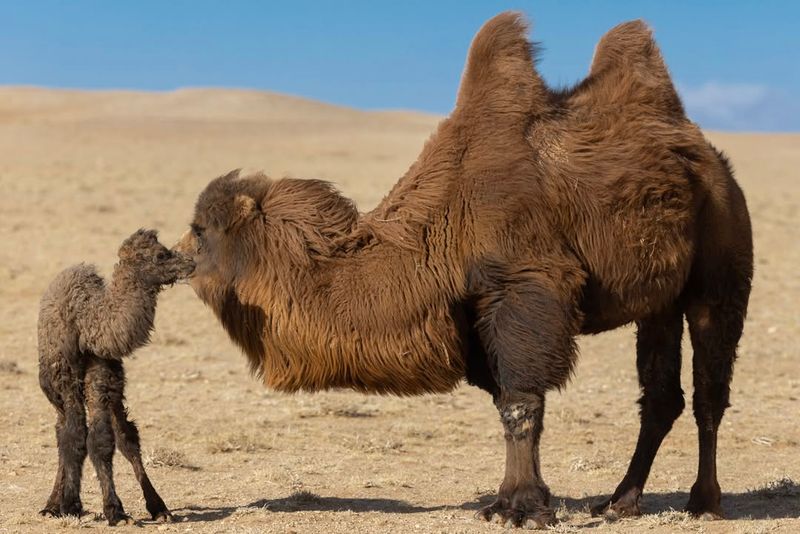
The Bactrian Camel, with its distinct two humps, roams the harsh landscapes of Central Asia. These humps store fat, not water, aiding survival in extreme conditions.
Surprisingly, they can drink up to 135 liters in one go! Adapted to endure freezing winters and scorching summers, they’re crucial to nomadic life.
With dwindling numbers in the wild, conservation efforts aim to preserve these resilient desert wanderers for future generations.
6. Kakapo
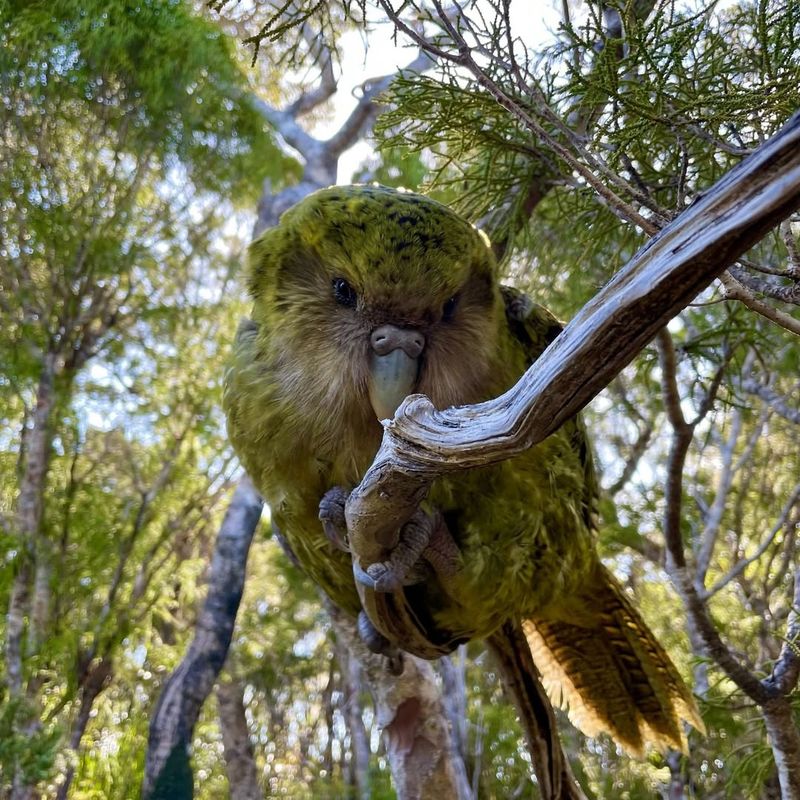
Meet the Kakapo, the world’s only flightless parrot, native to New Zealand. This nocturnal bird boasts vibrant green feathers and a charming, owl-like face.
With a booming call for attracting mates, it’s a true night dweller. Sadly, it’s critically endangered, with conservationists working tirelessly to increase its numbers.
Its quirky behavior and striking appearance make it a beloved symbol of New Zealand’s unique biodiversity.
7. Quokka
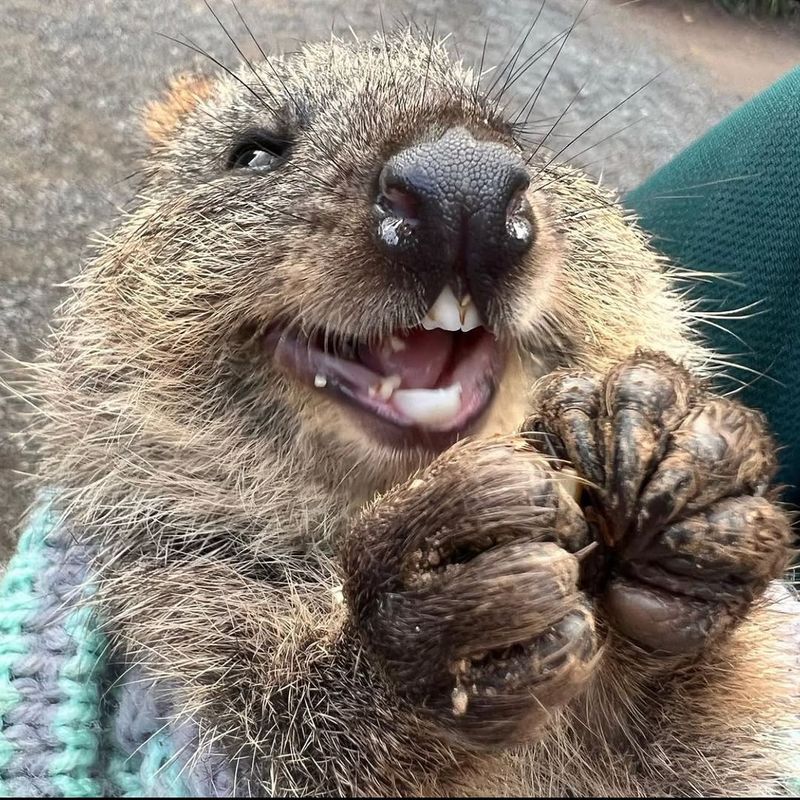
The Quokka, often dubbed the ‘world’s happiest animal,’ hails from Australia’s Rottnest Island.
With a perpetual grin and cheeky demeanor, it charms everyone it meets. This small marsupial is nocturnal, foraging at night for leaves and grasses.
Despite its friendly appearance, it faces threats from habitat loss and predators.
8. Sunda Colugo
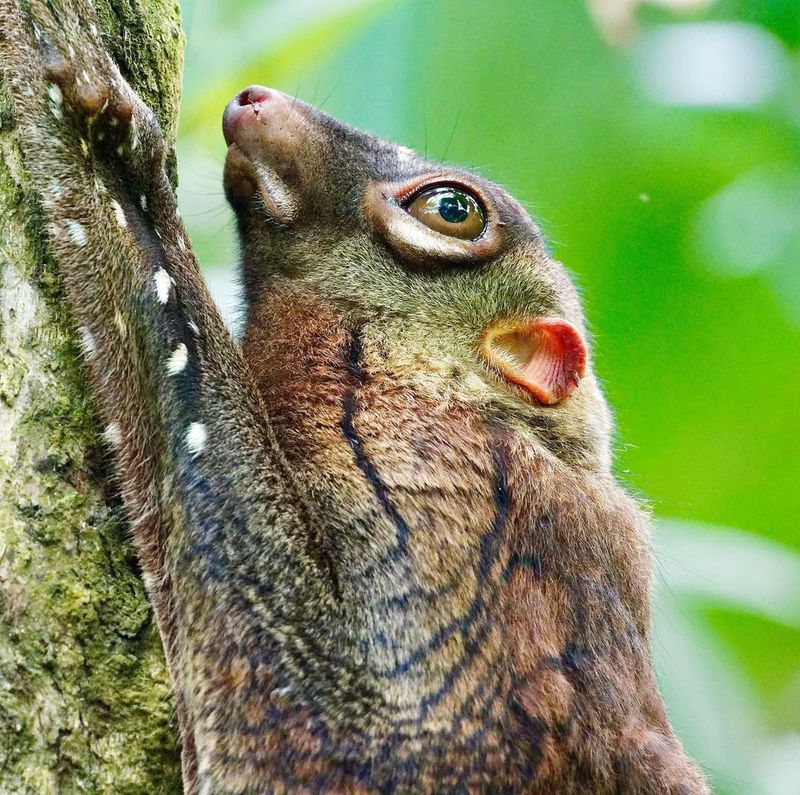
Glide into the realm of the Sunda Colugo, a master of the night skies in Southeast Asia. With its membranous skin, it can glide over 100 meters between trees.
Known as the “flying lemur,” though not a true lemur, it’s a marvel of adaptation. As a nocturnal creature, it feeds on leaves, flowers, and fruits.
9. Narwhal
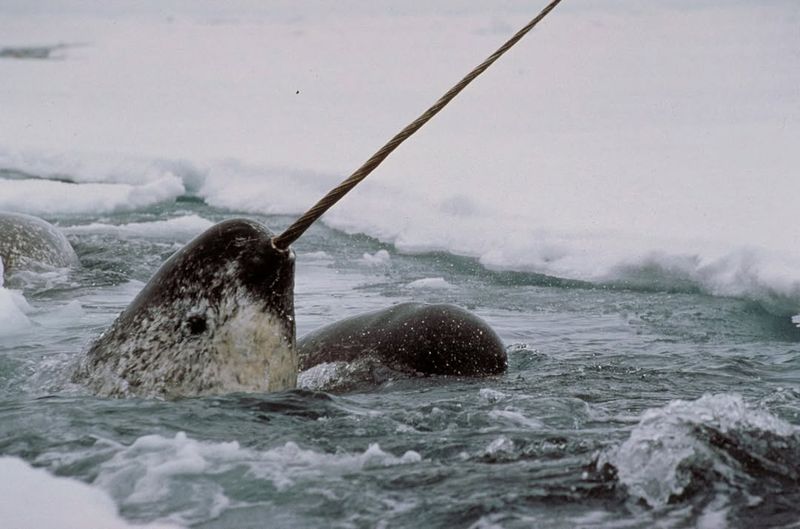
Meet the Narwhal, often called the unicorn of the sea due to its iconic spiral tusk. Found in Arctic waters, this tusk is actually an elongated tooth, used for sensory perception.
Narwhals are social creatures, traveling in pods and communicating with clicks and whistles.
As climate change threatens their icy habitat, understanding and protecting these mystical creatures becomes increasingly vital for maintaining Arctic biodiversity.
10. Platypus
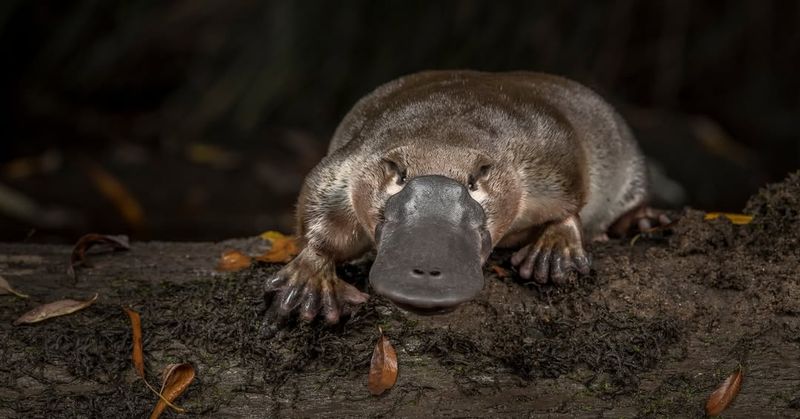
The Platypus, with its duck-bill, webbed feet, and egg-laying habit, is nature’s oddball. Native to Australia, it confounds scientists with its blend of mammalian and reptilian traits.
This semiaquatic creature uses electroreception to hunt underwater. Despite its peculiar appearance, it’s a skilled predator.
11. Pangolin
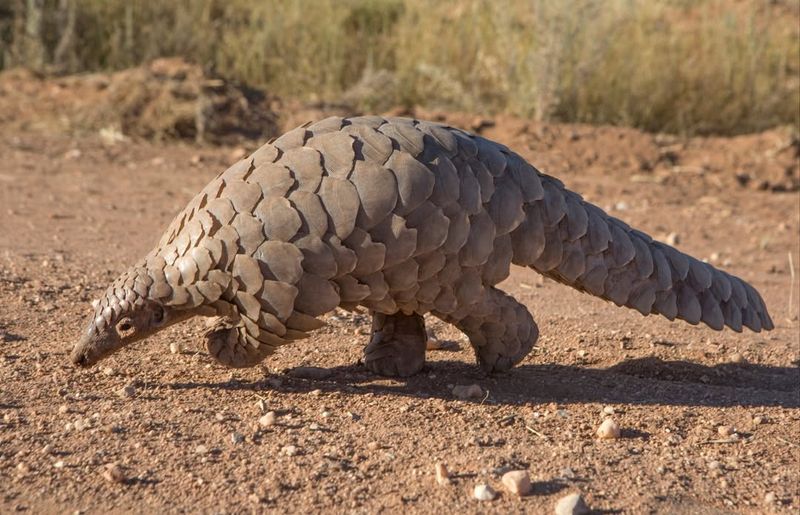
The Pangolin, resembling a walking pinecone, is the only mammal with scales. Found in Asia and Africa, it uses its tongue to snatch ants and termites.
These gentle creatures are sadly the most trafficked mammals due to their scales. Conservationists tirelessly work to protect them from poaching and habitat loss.
The Pangolin’s unique features and plight highlight the urgent need for global wildlife protection efforts.
12. Fossa
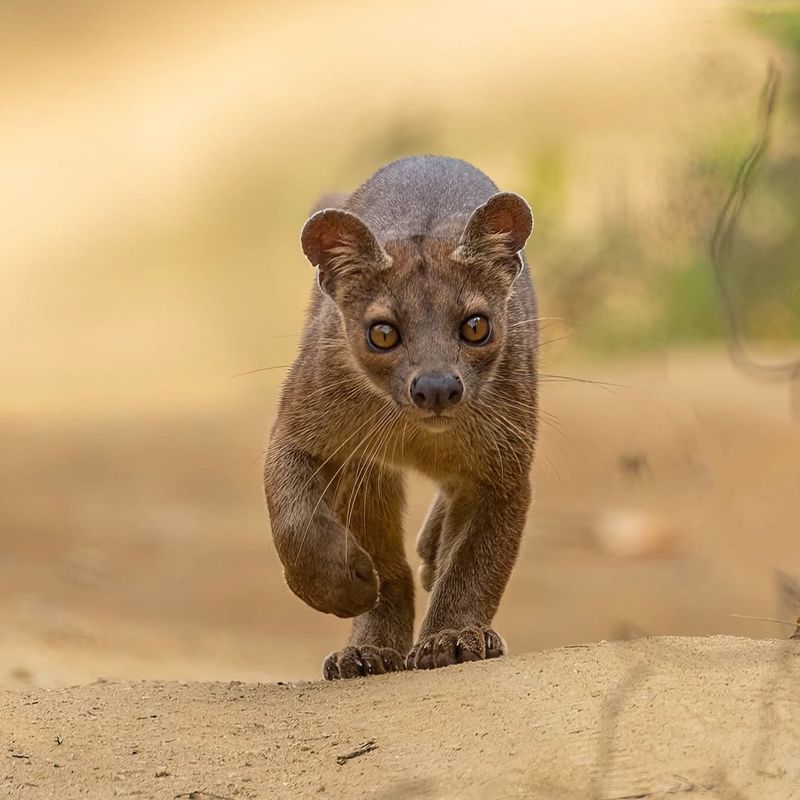
In the mysterious forests of Madagascar lurks the Fossa, a top predator with cat-like agility. Resembling a small cougar, it’s a skilled hunter, preying on lemurs and other animals.
Despite its fierce reputation, it’s elusive and rarely seen. Habitat destruction threatens its existence, prompting conservation efforts.
The Fossa’s enigmatic presence and role in the ecosystem make it a fascinating subject for wildlife researchers and enthusiasts.
13. Dugong
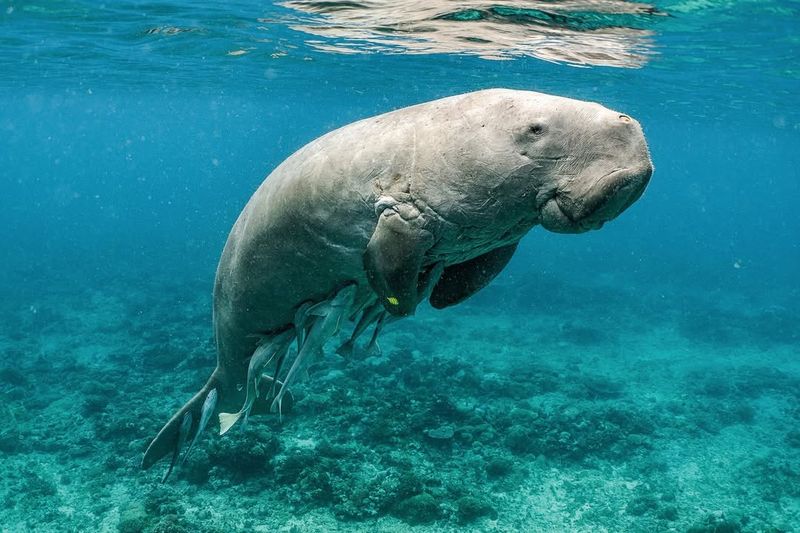
The Dugong, with its mermaid-like tail, glides through the shallow coastal waters, feeding on seagrass.
Often mistaken for a manatee, this gentle marine mammal is vital to maintaining healthy seagrass beds. Threatened by habitat loss and hunting, Dugongs are protected by conservation laws.
Their serene presence and ecological role underscore the importance of preserving marine biodiversity for future generations to enjoy and study.
14. Markhor
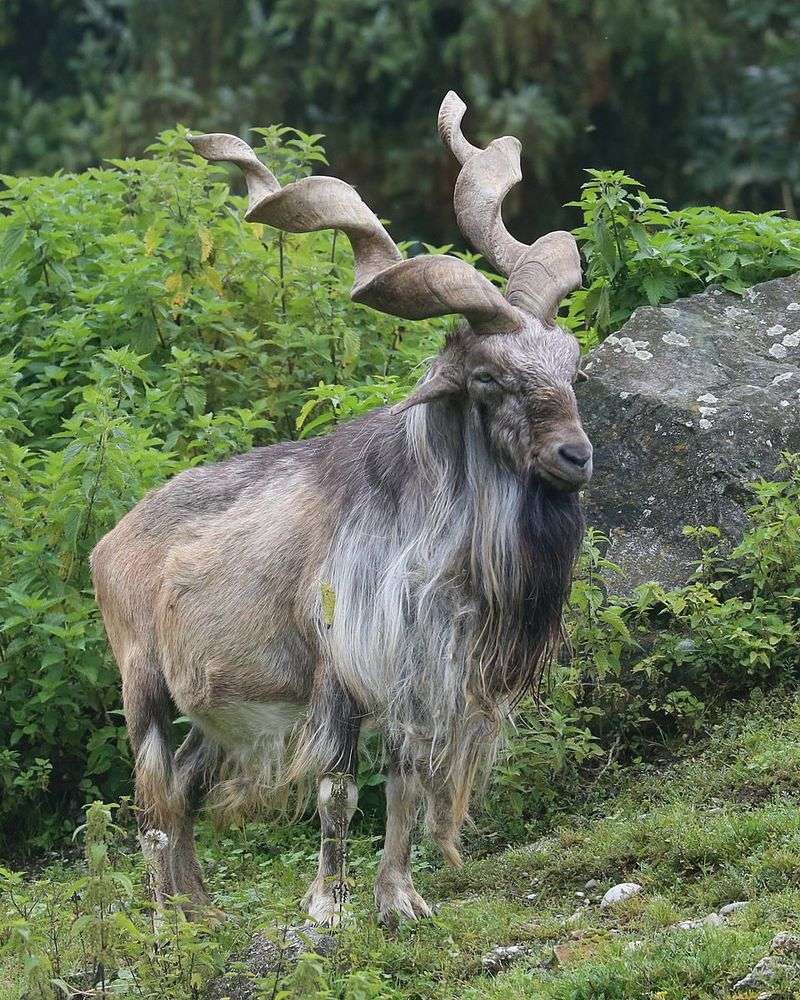
The Markhor, with its majestic spiral horns, dwells in the rugged mountains of Central Asia.
As Pakistan’s national animal, it’s a symbol of strength and resilience. This herbivore navigates steep terrains with ease, evading predators.
Unfortunately, poaching and habitat loss have led to a decline in their numbers. Conservation initiatives aim to protect this iconic species, ensuring its survival and continued presence in the wild.
15. Snow Leopard
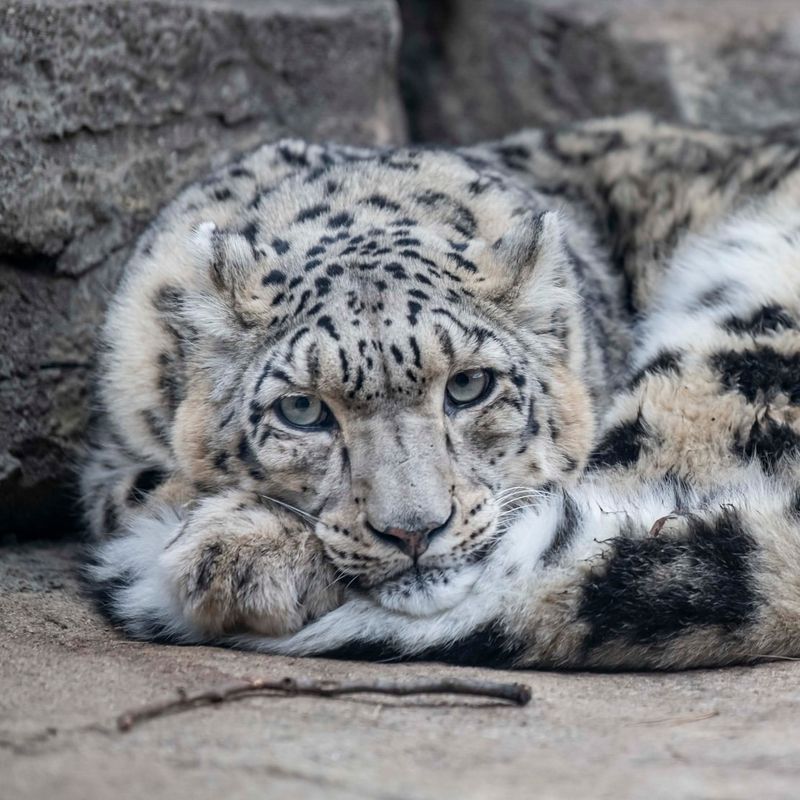
The Snow Leopard, often called the “ghost of the mountains,” prowls the high altitudes of Central Asia. With its thick fur and long tail, it’s perfectly adapted to the cold, mountainous terrain.
Elusive by nature, spotting a Snow Leopard is a rare treat. These big cats are a charismatic symbol of the wild and untamed.
16. Babirusa
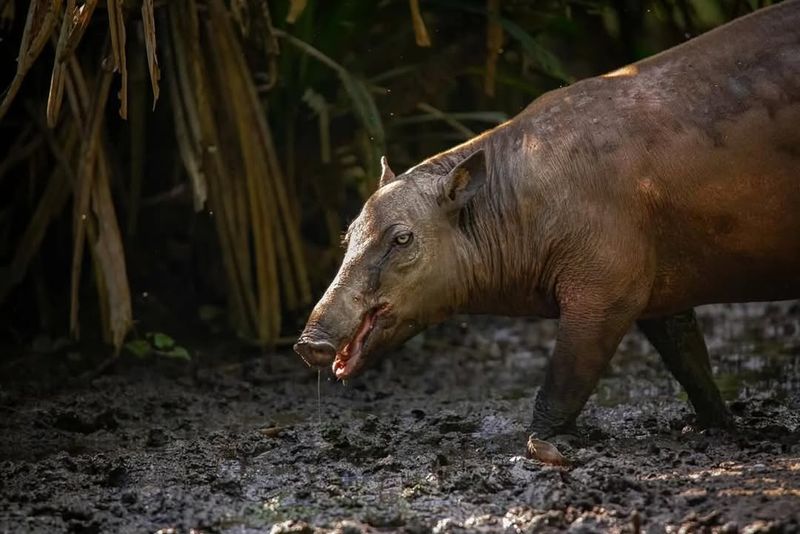
Enter the world of the Babirusa, an Indonesian swine with tusks that defy gravity. These upward-curving tusks give it a prehistoric appearance, making it a standout in the animal kingdom.
Found in the rainforests of Sulawesi, Babirusas are shy and elusive. Their habitats face threats from deforestation and hunting.
Conservation efforts aim to protect these unique creatures and their rainforest homes, ensuring they continue to thrive.
17. Tarsier
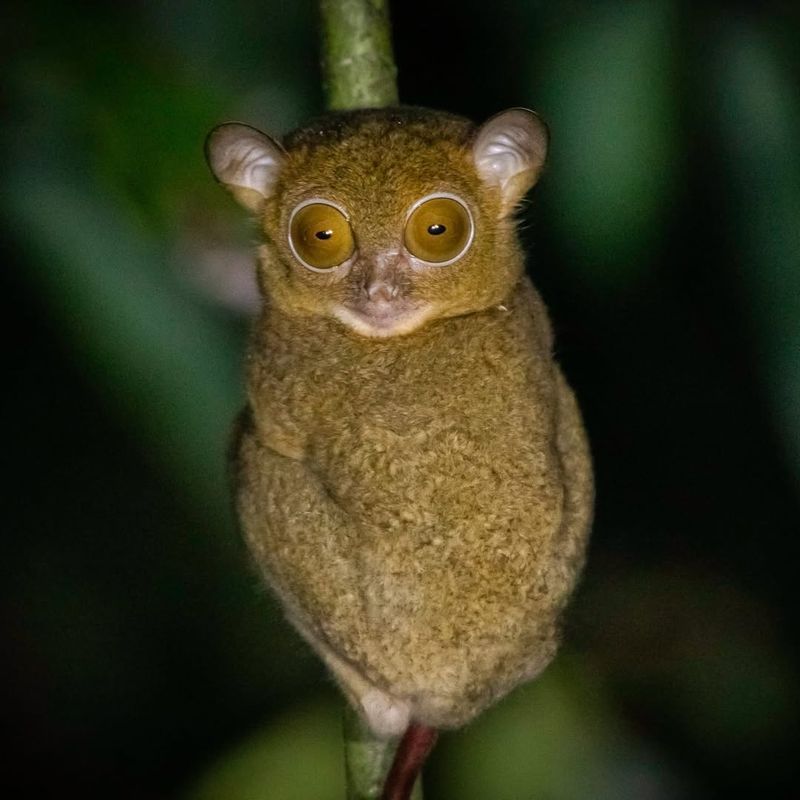
With eyes that seem too big for its tiny body, this nocturnal creature spots prey with uncanny precision.
Found in Southeast Asia, it can swivel its head nearly 180 degrees to track insects on the move. Despite its small stature, the tarsier leaps great distances with ease, making it a swift and efficient hunter.
Sadly, habitat loss from deforestation puts this fascinating primate at risk, highlighting the need for focused conservation.
18. Addax
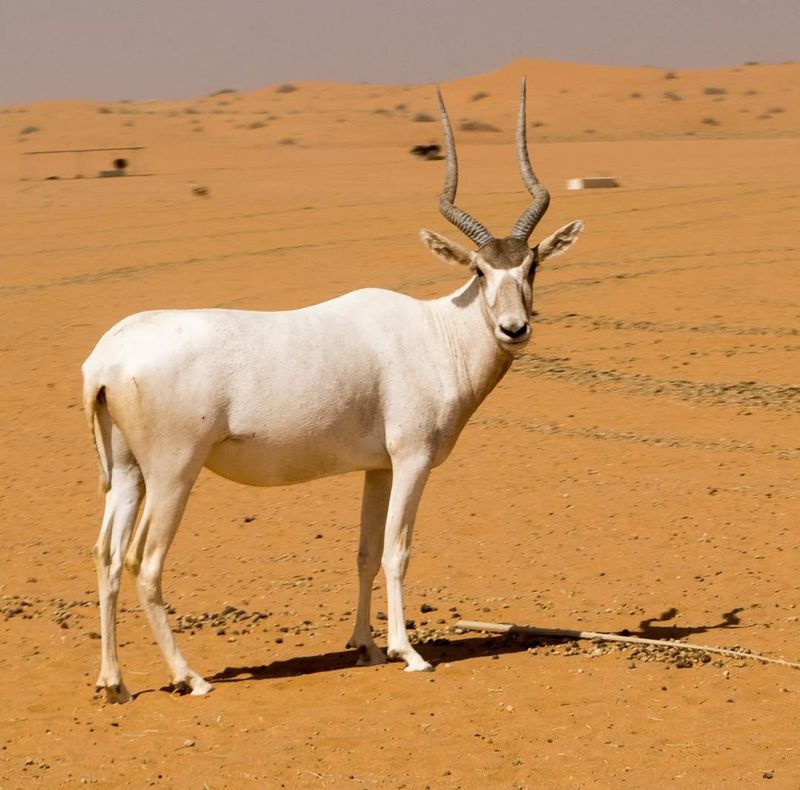
The Addax, known for its striking twisted horns, is a desert antelope that thrives in the Sahara’s extreme conditions. With a coat that changes color with the seasons, it blends seamlessly into its environment.
Sadly, it’s critically endangered due to overhunting and habitat loss. Conservation organizations are working diligently to restore the Addax population.
Its resilience and beauty make it a treasured emblem of survival in harsh environments.
19. Saola
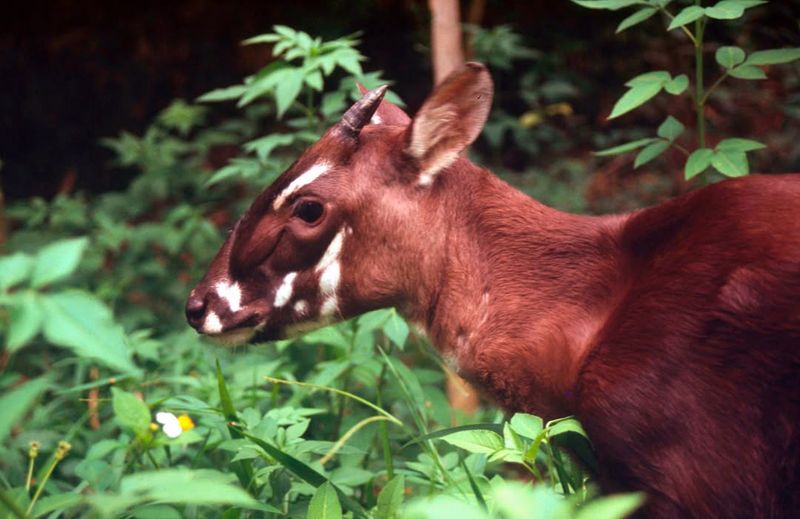
Often called the “Asian Unicorn,” the elusive saola is one of the rarest mammals on Earth.
Found only in the Annamite Mountains of Laos and Vietnam, it was first discovered by scientists in 1992. With two parallel horns and striking facial markings, it resembles both an antelope and a wild ox.
Due to habitat loss and poaching, sightings are extremely rare, making conservation efforts vital for its survival.
20. Pygmy Hippopotamus
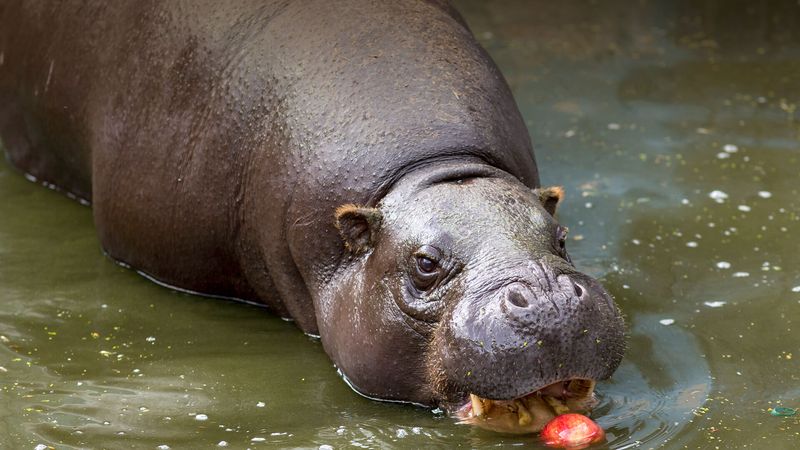
In the heart of West Africa’s lush forests, the elusive pygmy hippopotamus silently roams. Unlike its large relative, this small creature is more solitary and secretive. Its life is one of mystery, moving with a grace unexpected for its stout body.
Pygmy hippos have skin that’s prone to dryness, so they stay near water sources to keep moist. Their habits revolve around dusk and dawn, avoiding the harsh sunlight.
Curiously, despite their size, they play a crucial role in their ecosystem. Their paths create trails that other animals use, maintaining forest dynamics.
21. Solenodon
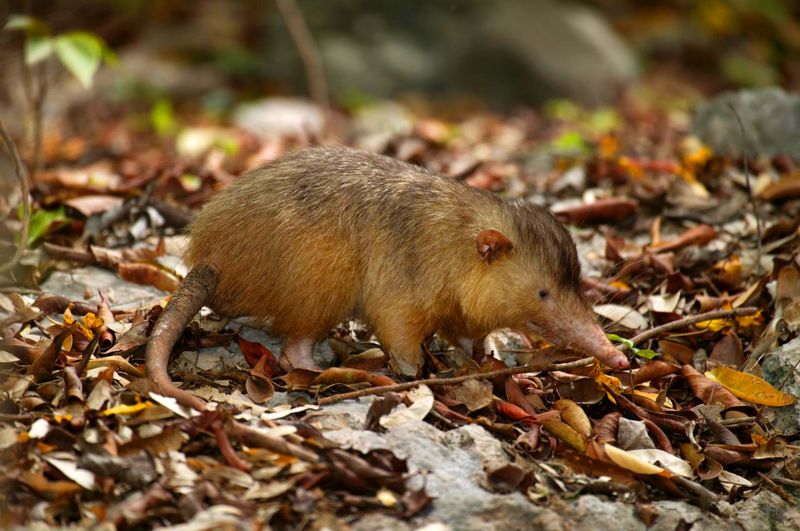
This insectivore, with its extraordinary snout, navigates the dark in search of insects and small prey. Its appearance might surprise, with features reminiscent of bygone eras.
The solenodon has venomous saliva, a rarity among mammals, used to subdue its prey. Despite its odd looks, it’s a critical part of its habitat.
Facing threats from habitat loss and introduced predators, the solenodon’s survival is precarious. Conservation efforts are vital to keep this living fossil from disappearing.

